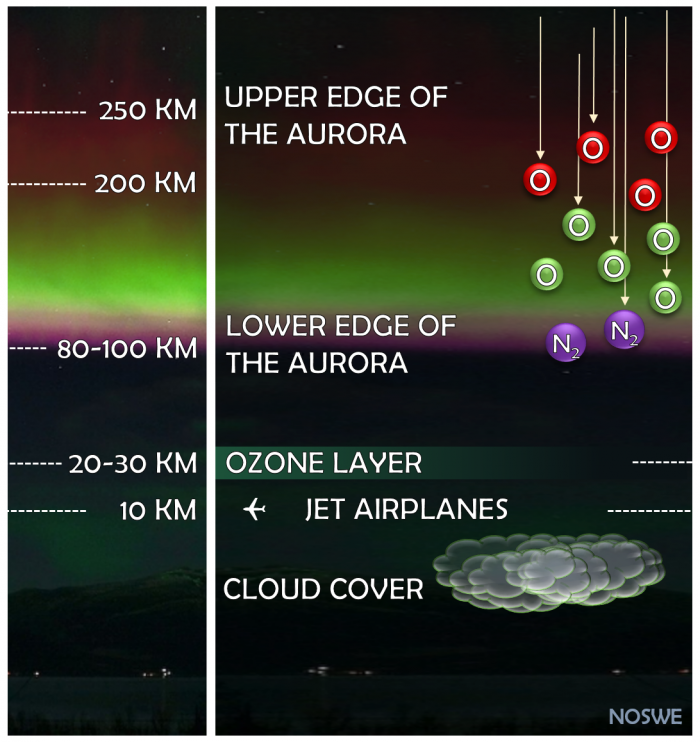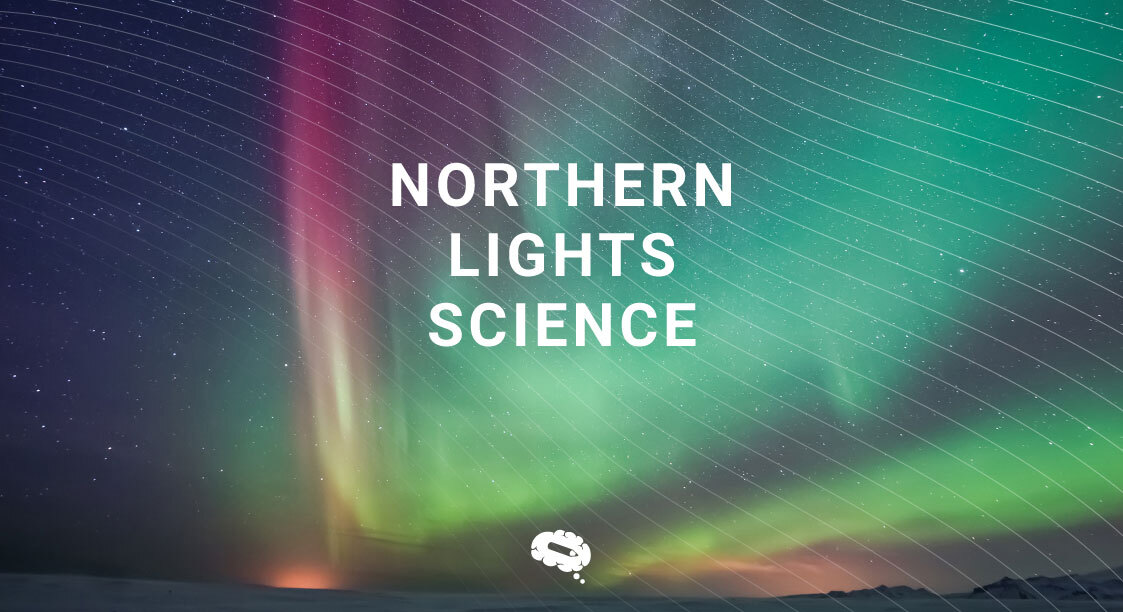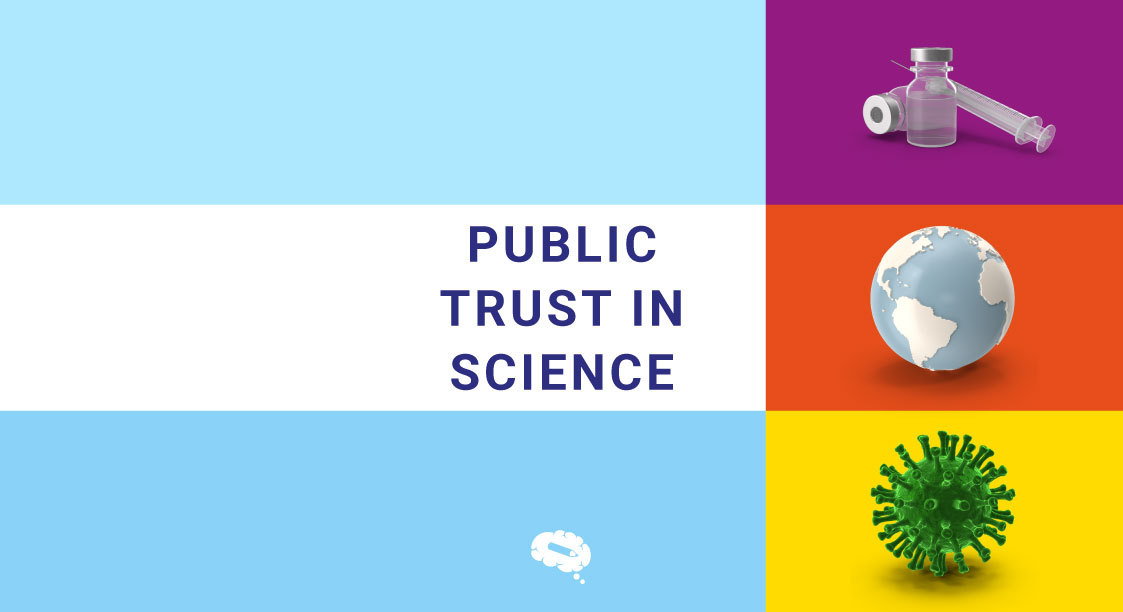The Northern Lights, or Aurora Borealis, are one of nature’s most fascinating spectacles, painting the night skies of high-latitude regions with vibrant green, red, blue, and purple tones. This captivating light display results from the interaction between charged particles from the sun and Earth’s magnetic field and atmosphere. The ethereal beauty of the Northern Lights has inspired awe and wonder for centuries, weaving its way into the myths and cultures of Arctic peoples while continuing to intrigue scientists and skywatchers alike. In this article, we will delve into the science behind this phenomenon, explore the Northern Lights science, the best places and times to witness it, and uncover the cultural significance it holds for many communities around the world.
Formation Of The Northern Lights
Origins Of The Aurora
The Northern Lights originate from the interaction between solar activity and Earth’s magnetic field. The sun emits a stream of charged particles known as the solar wind, which intensifies during solar flares and coronal mass ejections. As these particles reach Earth, they encounter the planet’s magnetosphere, which directs them toward the polar regions. There, the particles collide with gasses in the upper atmosphere, exciting the gas molecules. When these molecules return to their normal state, they emit light, creating the aurora. The colors of the Northern Lights—green, red, blue, and purple—depend on the type of gas and the altitude of the collisions. This dynamic interplay between the solar wind and Earth’s magnetic field produces stunning and varied displays of the Northern Lights.
The Science Of Colors
The most common color, green, is produced by oxygen molecules at lower altitudes. Red auroras, which are less frequent, occur at higher altitudes where oxygen atoms are found up to around 200 miles above the Earth. Nitrogen is responsible for the blue and purple hues seen in some auroras, with blue appearing at lower altitudes and purple at higher altitudes when nitrogen ions recombine. These colors emerge as the excited gas molecules return to their normal state, emitting light at specific wavelengths that correspond to different colors, thus creating the breathtaking, multi-hued displays of the Northern Lights.

Viewing The Northern Lights
Optimal Conditions
Seeing the Northern Lights depends on being in the right place and the right season. The best places to observe the Northern Lights are within the auroral oval, a ring-shaped zone centered around the magnetic poles. Prime viewing locations include Northern Canada, Alaska, Scandinavia (Norway, Sweden, Finland), Iceland, and parts of Russia. These high-latitude regions offer the most frequent and vivid auroral displays due to their proximity to the magnetic poles where the charged particles are funneled by Earth’s magnetic field.
The optimal time to see the Northern Lights is during the winter months, from late September to early April. During this period, the long, dark nights provide the necessary conditions for viewing the auroras. Clear skies and minimal light pollution are crucial for maximizing visibility. Additionally, the equinox months of March and September often bring increased solar activity, enhancing the chances of experiencing a spectacular auroral display.
This short-term forecast of the aurora, based on the OVATION model, estimates the location and intensity of the phenomenon for the next 30 to 90 minutes, factoring in the travel time of solar wind from the L1 observation point to Earth. The maps display the North and South poles, with the aurora depicted as a green oval centered on Earth’s magnetic pole, sometimes turning red during heightened activity. Typically visible shortly after sunset or before sunrise, the aurora remains invisible during daylight hours but can be spotted up to 1000 km away when conditions are optimal.
Check it out: Space Weather Prediction Center
Preparation Tips
Equipment Essentials
Warm Clothing: Layered, insulated clothing is crucial to stay warm in the often freezing temperatures of high-latitude regions. Include thermal undergarments, waterproof outer layers, hats, gloves, and sturdy boots.
Headlamp with Red Light Mode: A headlamp with a red light option helps you see without interfering with your night vision or disturbing the viewing experience.
Portable Power Banks: Cold weather can quickly drain batteries, so bringing extra batteries and portable power banks ensures your equipment remains operational.
Safety Considerations
Weather Awareness: Monitor weather forecasts to avoid getting caught in extreme conditions. Clear skies are ideal but be prepared for sudden weather changes.
Travel Plans: Inform someone of your travel plans and expected return time, especially when heading into less populated areas.
First Aid Kit: Carry a basic first aid kit to handle minor injuries and emergencies.
Navigation Tools: GPS devices and physical maps are essential in case of poor cell signal or disorientation in remote locations.
Local Wildlife: Be aware of local wildlife and take necessary precautions to avoid encounters, particularly in areas with bears or other large animals.
Emergency Supplies: Pack emergency supplies, including food, water, and blankets, in case you get stranded or face unexpected delays.
The Impact Of The Northern Lights
Influence On Earth’s Atmosphere
The Northern Lights significantly influence Earth’s upper atmosphere by altering ionization levels in the ionosphere when charged solar wind particles collide with atmospheric gasses, which affects the ionosphere’s density and electrical properties, enhancing radio signal propagation during high auroral activity. However, this ionization can also disrupt communication systems, particularly those relying on high-frequency (HF) radio waves, leading to degraded or lost communications for aviation, maritime operations, and military activities, and causing potential GPS signal errors.
The Northern Lights provide scientists with unique opportunities to study atmospheric and space weather phenomena. By observing the auroras, researchers can gain insights into geomagnetic storms and how charged particles interact with Earth’s magnetic field and atmosphere. This research advances our understanding of plasma physics and atmospheric chemistry, contributing to the development of predictive models. These models help forecast space weather events and mitigate their potential impacts on technology and communication systems, such as GPS and satellite communications, ensuring their reliability and functionality.
Cultural And Historical Significance
The Northern Lights have captivated human imagination for centuries, weaving their way into the rich tapestry of mythology and folklore across cultures. In indigenous Arctic communities, the auroras are often imbued with spiritual significance, seen as messages from ancestors or celestial spirits. In Norse mythology, the Northern Lights were believed to be reflections of the armor of the Valkyries, warrior maidens who escorted fallen warriors to Valhalla. In Inuit folklore, the auroras are interpreted as spirits playing a ball game with a walrus skull. Similar beliefs are found in other indigenous cultures worldwide, where the lights are seen as mystical manifestations or omens of change.
In the modern era, the Northern Lights inspire artistic expression, scientific inquiry, and cultural appreciation. Artists, writers, and filmmakers draw upon the ethereal beauty of the auroras as a symbol of natural wonder and cosmic mystery. Photographers and filmmakers travel to remote Arctic regions to capture the mesmerizing displays, showcasing their splendor to global audiences. Beyond the arts, the Northern Lights also serve as a beacon for scientific research and exploration. Scientists who explore the Northern Lights science, study auroras to understand Earth’s magnetosphere, space weather, and the sun-Earth connection.
Preserving The Phenomenon
Threats To Visibility
The Northern Lights face threats to their visibility due to human-induced factors. Two examples of them are:
Light Pollution: Urbanization and excessive artificial lighting contribute to light pollution, obscuring the night sky and diminishing the visibility of the auroras. Glare from streetlights, buildings, and other sources of artificial light can drown out the faint glow of the Northern Lights, particularly in populated areas.
Climate Change Implications: Climate change poses a significant threat to the Northern Lights. Rising temperatures and changing atmospheric conditions may alter the frequency, intensity, and distribution of auroral displays. Variations in solar activity and shifts in atmospheric composition could impact the occurrence and characteristics of the auroras, potentially reducing their visibility in certain regions.
Conservation Efforts
Efforts to preserve the visibility and integrity of the Northern Lights are underway, focusing on initiatives to mitigate threats and promote sustainable practices.
Dark Sky Initiatives: Dark Sky initiatives aim to reduce light pollution by implementing lighting regulations and promoting the use of energy-efficient lighting fixtures. By minimizing artificial light sources and preserving natural darkness, these initiatives enhance the visibility of the Northern Lights and protect the nocturnal environment for both wildlife and humans.
Sustainable Tourism Practices: Sustainable tourism practices are essential for minimizing the environmental impact of aurora tourism while maximizing the benefits for local communities. This includes promoting responsible travel behavior, supporting eco-friendly accommodations and transportation options, and educating visitors about the importance of preserving the natural environment. By fostering a culture of environmental stewardship among tourists and tour operators, sustainable tourism practices help safeguard the Northern Lights for future generations to enjoy.
The Northern Lights represent a timeless and universal phenomenon that offers profound insights into both the natural world and human culture. Beyond their stunning visual spectacle, they help scientists understand Earth’s magnetosphere, space weather, and the broader mysteries of the cosmos. Preserving the Northern Lights for future generations is crucial not only for scientific exploration but also for cultural heritage and spiritual significance.
Your Creations, Ready Within Minutes!
Mind the Graph is an invaluable tool for scientists, offering an intuitive and efficient way to create visually appealing and scientifically accurate graphics. With its user-friendly interface and extensive library of customizable templates, scientists can produce professional-quality illustrations and diagrams in minutes, enhancing the clarity and impact of their research presentations and publications. By streamlining the graphic creation process, Mind the Graph enables researchers to focus more on their scientific work while ensuring their visual aids effectively communicate complex concepts.

Subscribe to our newsletter
Exclusive high quality content about effective visual
communication in science.








